Texas

Admired by many, denounced by some, the Texas Rangers trace their 200-year history to a 177-word document penned by Texas colonizer Stephen F. Austin on August 5, 1823. In that document, he said he intended to employ 10 men “to act as rangers for the common defense…”
Considered the Ranger “Magna Carta,” the document was written at Sylvanus Castleman’s log cabin about five miles northwest of present La Grange. Castleman’s place served as de facto headquarters for Austin’s fledgling colony and was the birthplace of the Rangers. To learn more about Castleman and his land, visit the Fayette County Heritage Museum and Archives, 855 S. Jefferson St. in La Grange.
Later in 1823, Austin platted a townsite near the Brazos River and named it San Felipe. For 13 years, the village reigned as the capital of his colony and the social, economic and political hub of Anglo settlement in northern Mexico.
As conceived by Austin, paramilitary companies did “range” his colony in the 1820s, but not until 1835 did the ranging concept become formalized in Texas. That happened at San Felipe when a body called the Permanent Council met there to grapple with two critical issues—a dictatorial Mexican government and the threat of hostile Indian tribes.
Daniel Parker offered a resolution on October 17, proposing a three-company, 70-man standing ranger force. By November, a larger group calling itself a “Consultation” further discussed Parker’s idea. On the 24th the body passed an “Ordinance Establishing a Provisional Government.” Article 9 of an appendage labeled “Of the Military” authorized a “corps of rangers.” For the first time the Rangers became an arm of the government.
Diese Geschichte stammt aus der April 2023-Ausgabe von True West.
Starten Sie Ihre 7-tägige kostenlose Testversion von Magzter GOLD, um auf Tausende kuratierte Premium-Storys sowie über 8.000 Zeitschriften und Zeitungen zuzugreifen.
Bereits Abonnent ? Anmelden
Diese Geschichte stammt aus der April 2023-Ausgabe von True West.
Starten Sie Ihre 7-tägige kostenlose Testversion von Magzter GOLD, um auf Tausende kuratierte Premium-Storys sowie über 8.000 Zeitschriften und Zeitungen zuzugreifen.
Bereits Abonnent? Anmelden
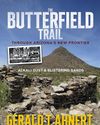
Three for the Road The Bird Cage, the Butterfield and the Bunch
Three Western legends receive their due, a biography of an outlaw, a new look at La Frontera and a new biography of a Great Plains river.
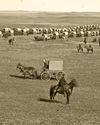
The Frontier Characters of South Dakota
Calamity Jane, Wild Bill and George Custer roamed the Black Hills.
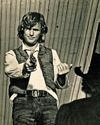
Kris Kristofferson-A Texan at Oxford
The scholar, songwriter, pilot also acted in dozens of Westerns.

BLACK GOLD ON THE WESTERN FRONTIER
The land Spanish explorers called \"Colorado\" was an untamed wilderness in the mid-nineteenth century. Yet following close on the heels of western trailblazers came pioneers of a different sort determined to tame the Wild West.
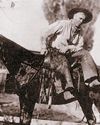
Earp, Cowboy Songs & Prairie Hygiene
Marshall Trimble, Arizona's official historian and the beloved, now-retired writer of Ask The Marshall, has shared countless stories over the years.
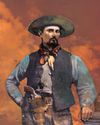
FRONTIER COLOSSUS
A LOOK BACK AT THE LEGENDARY TEXAS COWBOY WHO TRANSFORMED THE AMERICAN SOUTHWEST
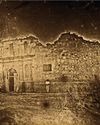
The Kindled Flame 1835
A LONG ROAD TO THE BATTLE AT THE ALAMO
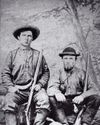
King of the Scatterguns
The single best and most economical arm for hunting and defense in the Wild West was the double-barreled shotgun.

A Gut Punch Turns into a Miracle Reprieve
A dedicated father/daughter team is restoring a historic New Mexico treasure.
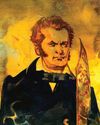
The Bowie Knife
The Bowie knife is an iconic symbol of American toughness and independence. Yet, its true origins are often misunderstood.
